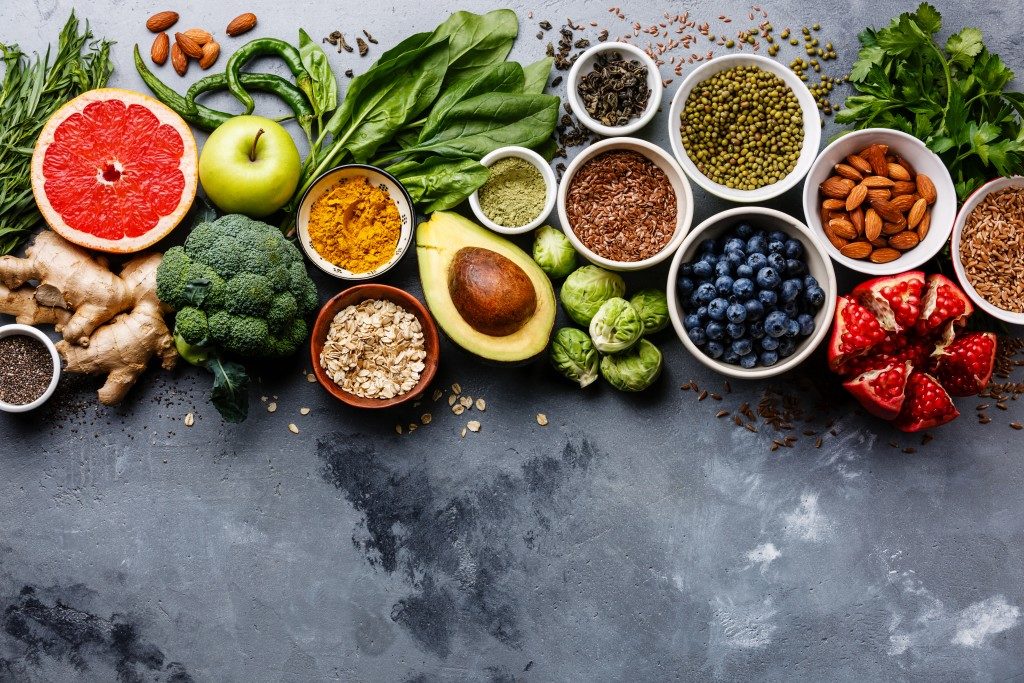We hear it over and over again: eat healthy food. What does it mean, anyway? We need calories, carbohydrates, fats, and sugar, but these are all considered unhealthy food. So, what do we eat? Studies say that you must strike a balance in the nutrients that you consume daily. Green, leafy vegetables and fruits should comprise the majority of the food you eat. While you need protein from meat and carbohydrates from grains, you can get these from eating vegetables, too. A small portion of meat, rice, and sugary sweet is the right diet.
Small business owners have many franchise opportunities for healthy fast food, but they refuse to invest in these. That’s why it’s getting harder to access healthy food choices. Not enough restaurants and supermarkets offer ready-made healthy food.
Lack of Access to Healthy Food
So, why do entrepreneurs refuse to get into the healthy-food industry? It is because of profit. A large margin of profit is associated with selling healthy food. However, entrepreneurs rarely risk going into this industry because the market is smaller compared to conventional food items. Healthy food products are more expensive because they are more challenging to grow and the yields are lower.
Look at the supermarket aisles. What are these supermarkets selling? Organic products are more expensive, so supermarkets only sell a small number of organic and fresh produce. Meanwhile, they can earn a lot more from foods that are high in calories but low in nutritional value. Case in point is canned goods, frozen meat products, and ready-to-eat food items.
Because of this, people will settle for unhealthy food items. If these are the only things they can afford, they’ll have to go for them. That creates a lot of problems health-wise. In children, preserved foods are associated with developmental delays.
Access to Healthy Food Is Worse in Poorer Areas
 People who live in poor US neighborhoods cannot afford fresh and organic food products. That’s why most groceries in these impoverished areas don’t carry healthy food items. People are reduced to settling for unhealthy fast food joints and ready-to-cook frozen food products. These have almost zero nutritional value. They can also be harmful to one’s health.
People who live in poor US neighborhoods cannot afford fresh and organic food products. That’s why most groceries in these impoverished areas don’t carry healthy food items. People are reduced to settling for unhealthy fast food joints and ready-to-cook frozen food products. These have almost zero nutritional value. They can also be harmful to one’s health.
What Can the Government Do About It?
The government has a significant role to play in advocating for the availability and access to healthy foods. Local governments can incentivize supermarkets and farmer’s markets that establish branches in more deprived US areas. It can also require fast-food chains and restaurants to provide nutritional and caloric information on their menus. Institutions should also conduct information drive in schools, workplaces, and hospitals on the importance of healthy food.
If you look at how other countries—Canada, New Zealand, Australia, and Scotland—are doing it, the common denominator is government support. When governments provide financial incentives and help businesses conduct market research, entrepreneurs will want to invest in lower-income neighborhoods. There’s no reason why other countries can’t follow suit.
Eating healthy is a conscious effort from individuals. Governments and businesses play a crucial role, too. If there is a lack of availability of healthy food, it is less likely that the public will actively seek it. If it’s expensive, people will have a hard time adding it to their budgets.




